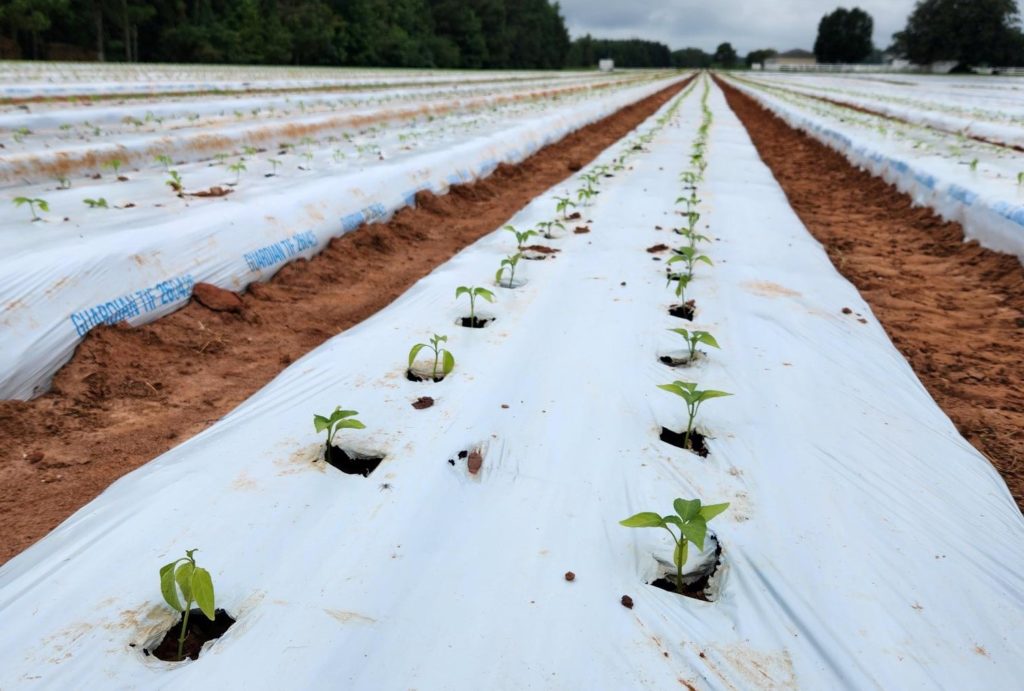Weekly Field Update
Clemson Extension agents provide updates in The South Carolina Grower this week about the status of various crops being produced throughout the state.

Coastal Region
Zack Snipes
- It has been extremely hot and humid in the Lowcountry. Most of our summer crops are winding down with the heat, humidity and disease.
- I know it’s summer, but now is the time to be thinking about next season’s strawberry crop. Order your plants right now if you haven’t already. I have been advising growers to order plants from multiple nurseries for the past few years. Ordering plants from multiple nurseries spreads out a grower’s risk. With the amount of disease we have seen the past few years, I think it is imperative that we spread out our risk. I would rather have a half or 1/3 of a crop than no crop at all. In our area, Camarosa continues to be our workhorse variety. If you want to experiment with another variety, I would recommend no more than 25% of a new variety at once.
Midlands
Rob Last
- Another hot, humid week has been recorded in the area.
- Watermelons are still being harvested along with some reducing volumes of tomatoes. Peppers, okra, and eggplants are all coming to market with good quality.
- Many pests and diseases flourish in favorable weather conditions. Remember to scout regularly to monitor the effectiveness of treatments applied and to manage problems as soon as possible.
- As we plan for the fall crops, it is a good time to review what worked this year and what didn’t. Map and record any observed issues. Records and notes of successes and failures can provide good information to change management strategies for the next year or the next crop. Mapping issues within the field can help to create management solutions. One example may be to map areas of watermelon fields affected by fusarium wilt, enabling the use of cultural methods such as delayed planting of the use of grafted plants to provide a solution.
- Fall watermelon crops are establishing well, with some sunburn being noted to the runners.

Sarah Scott
- We are in the last few weeks of peach harvest and are a week to 10 days ahead of schedule. Growers will soon begin trunk spray applications for borers. Lorsban is still approved for use in non-bearing orchards, and products like Asana and Rimon can be used in bearing trees. We are also seeing promising results in several orchards treated with a mating disruption product.
- Plastic is being laid for late summer/fall vegetables. Peppers have been going in and broccoli will soon go in as well. Consistent watering and nutrient management will be important in transplant establishment especially with the temperatures being so high.
Upstate
Andy Rollins
- Southern stem blight continues to be a problem on multiple crops. This is a fungal disease that is often easily diagnosed by white mycelium at the base of the plant and small “rice krispy-like” structures called sclerotia are often present. Unlike bacterial wilt, this is often visible before the entire plant collapses.
- I am also finding excessive spider mite populations. These can be brought on by repeated use of pyrethroids. This class of insecticides (3A) dominates the market and is cheap. Growers need to rotate IRAC groupings each week to avoid resistance issues and achieve better insect control.
- We picked Cresthaven peaches last week on one farm in the Upstate. Monroe variety is beginning to come in on a few farms.









